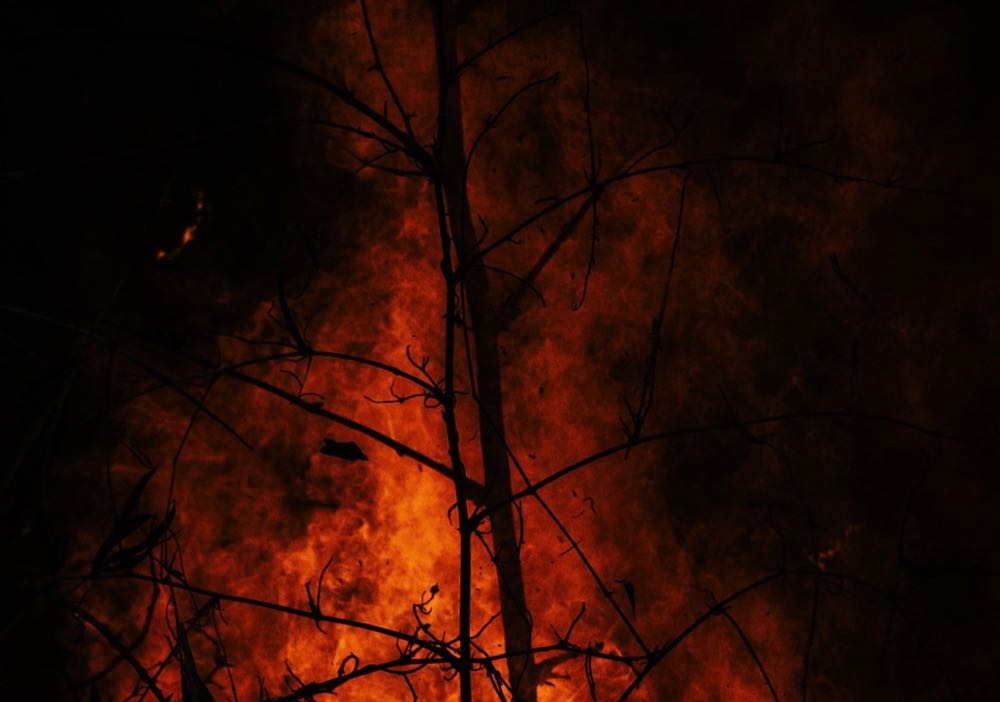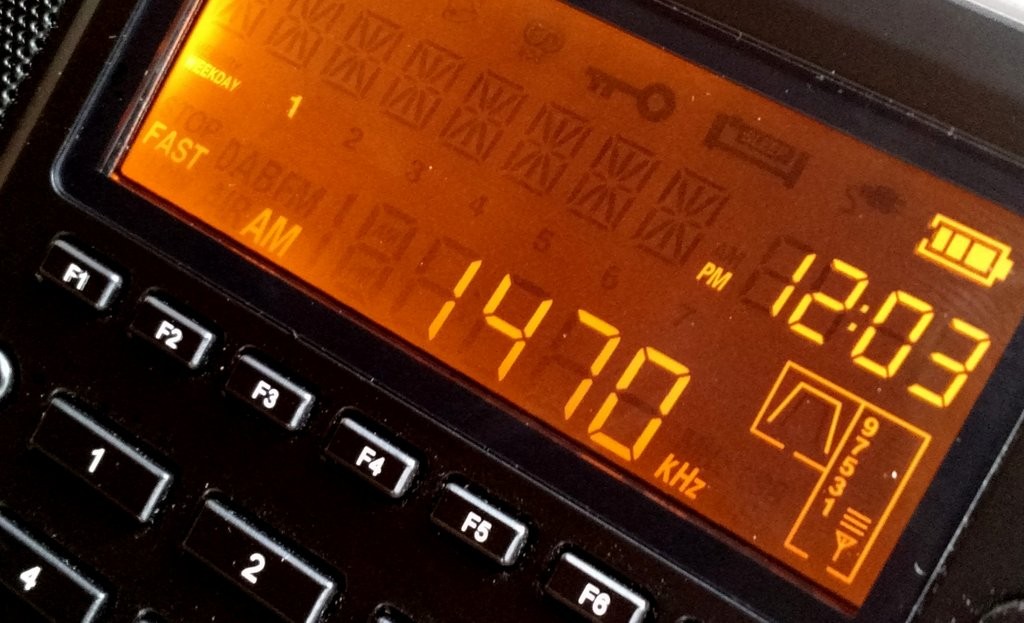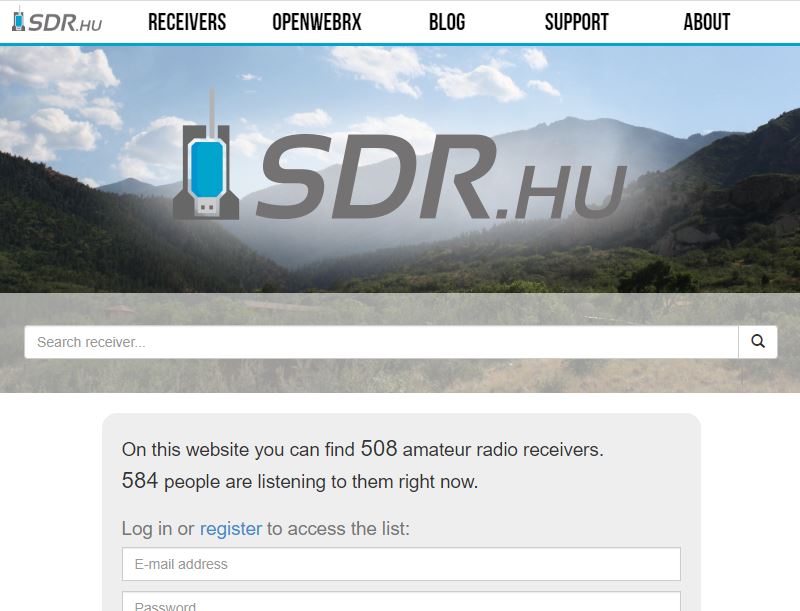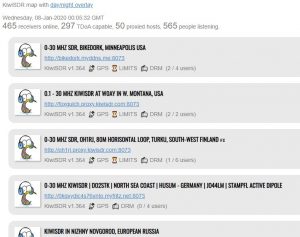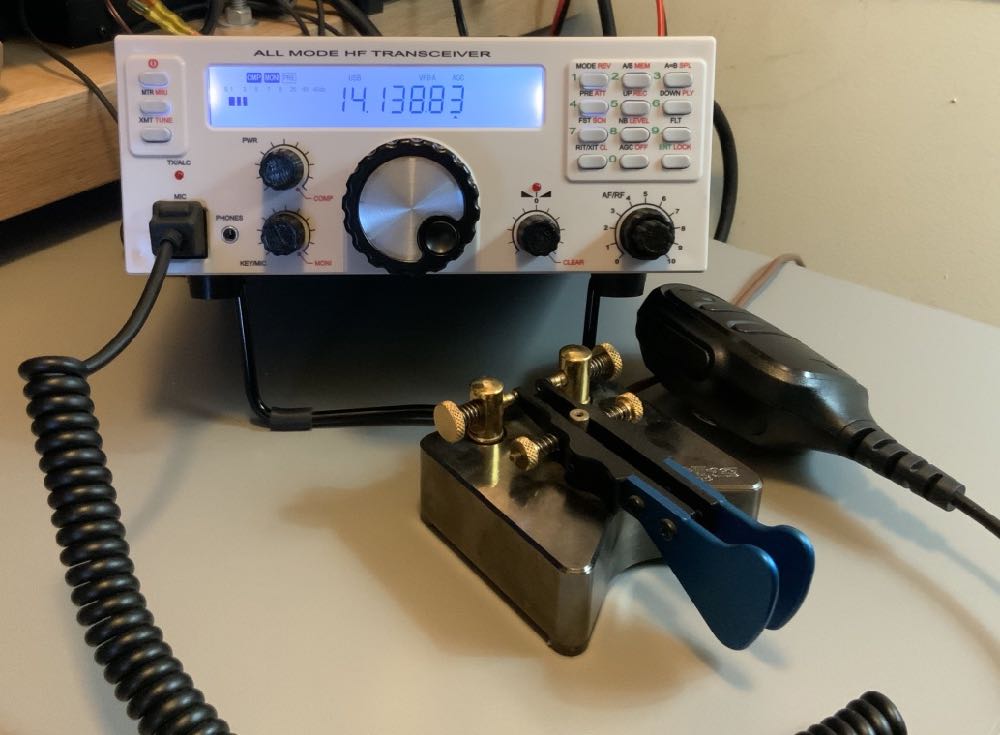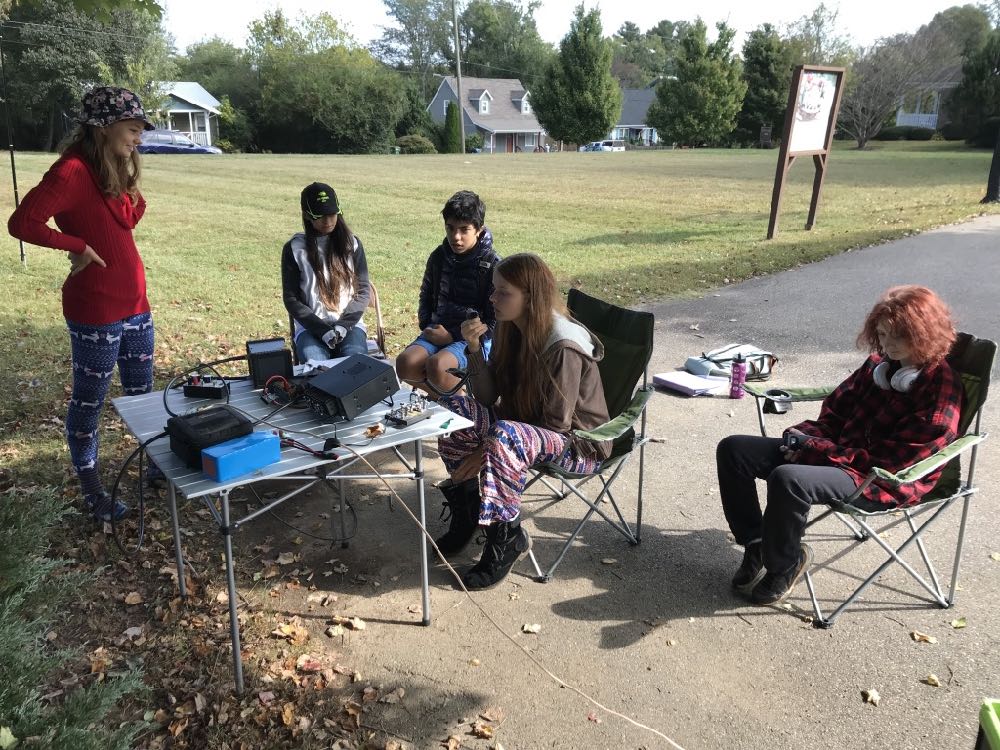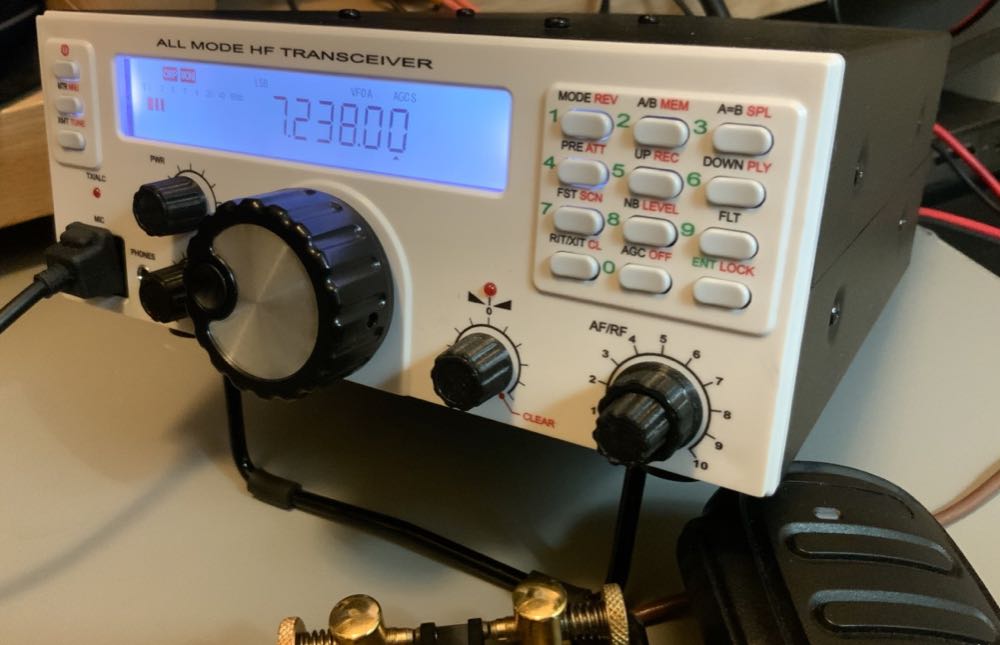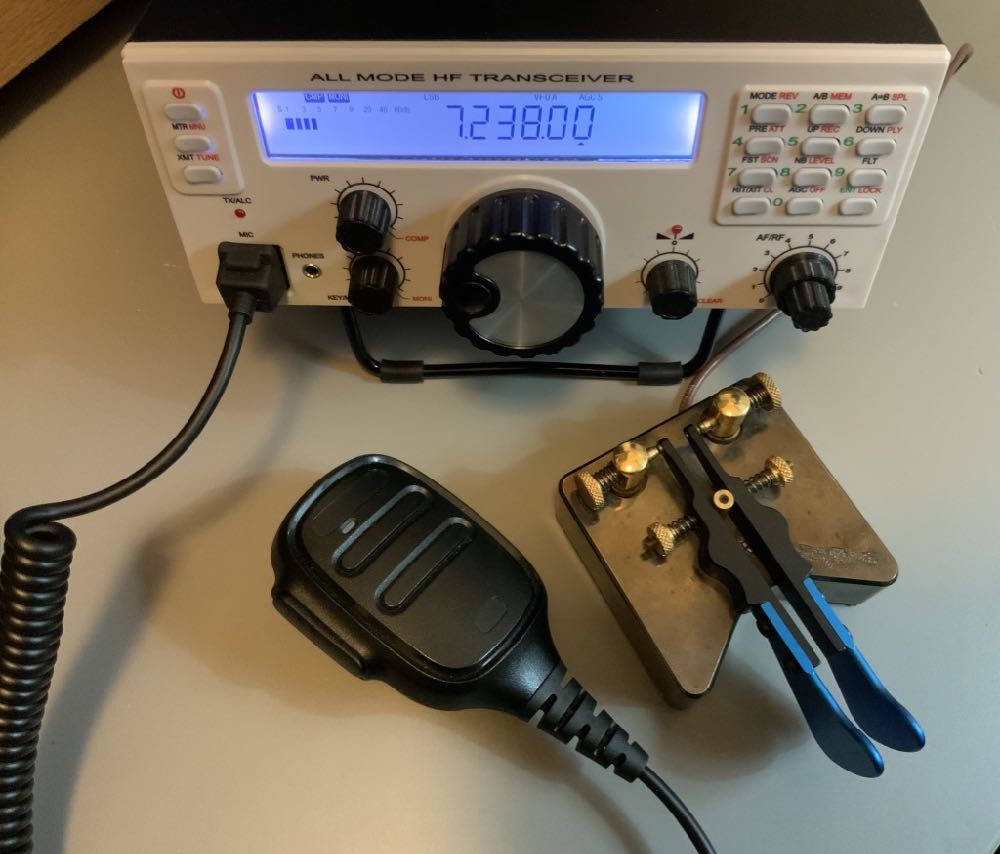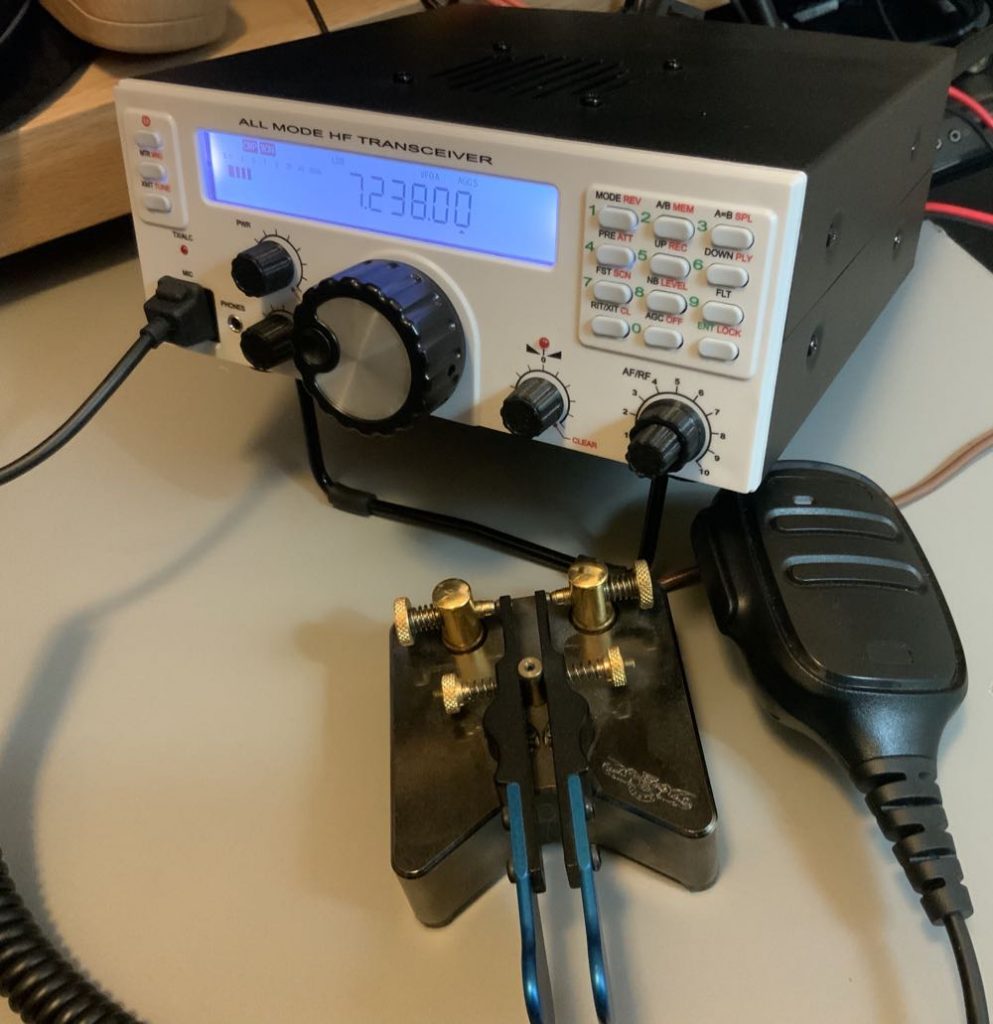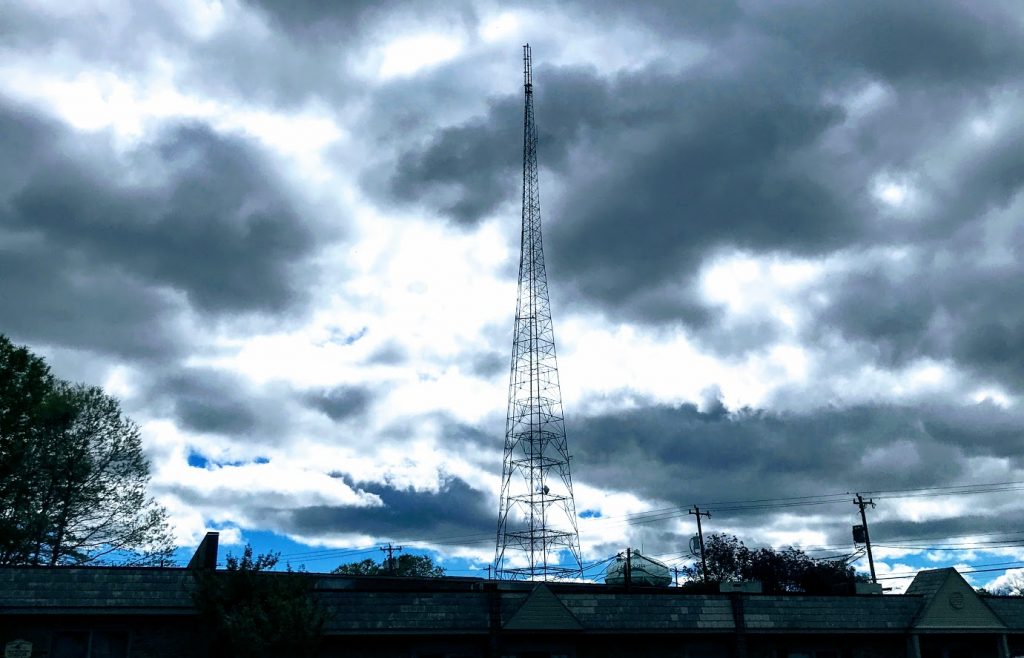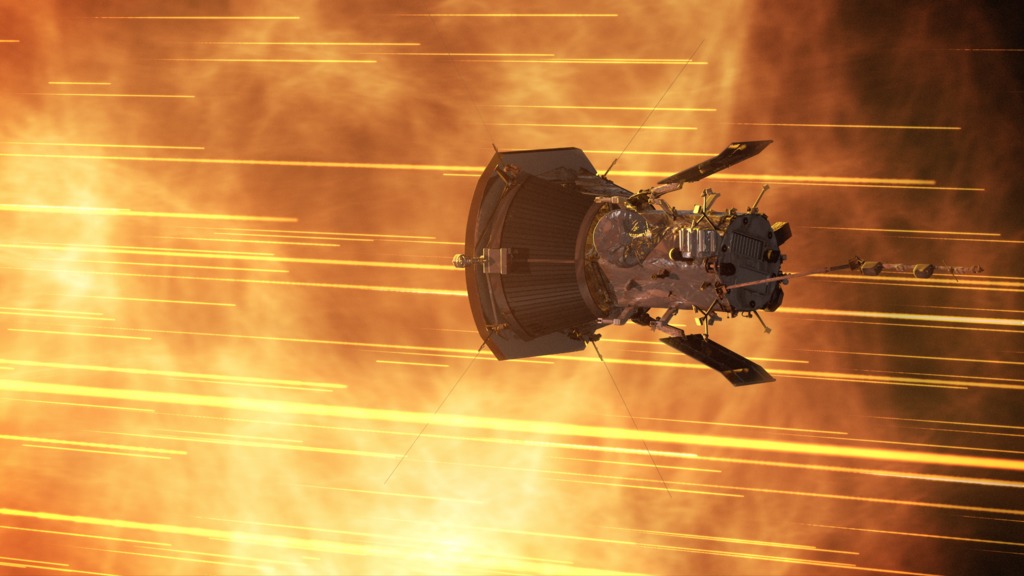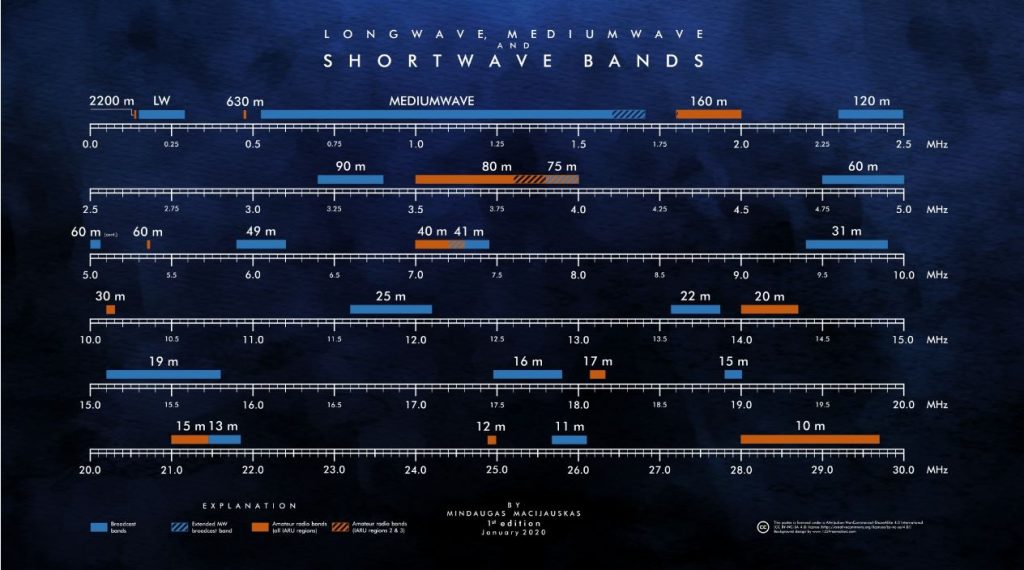Many thanks to SWLing Post contributor, Michael Bird, who shares the following story from RadioInfo.com.au:
In an example of radio industry cooperation during adversity, commercial network Grant Broadcasters is working with the ABC on the South Coast of NSW to keep transmissions on air during the fires in that area.
As fires raged through the area last week, the ABC’s Mt Wandera transmission site at Bateman’s Bay was disabled by flames (see pictures below) and is expected to take some time to repair.
The ABC, through its transmission provider Broadcast Australia (recently renamed BAI Communications) asked if it could share Grant Broadcasters’ nearby transmission mast and infrastructure, and has now combined its transmissions onto the Grant Broadcasters antenna.
Local radio services, including ABC South Coast, are now back on air, but operating at reduced power. The ABC’s television transmitter on the site is also off air.
BAI has also established additional temporary low power facilities at Batemans Hill for ABC Local Radio (operating on 101.9 MHz) and ABC television (operating on Channel 41). As this facility operates from a lower altitude and at lower power than those at Mt Wandera, its coverage will be largely limited within the town of Batemans Bay.
On the South Coast, the Grant Broadcasters stations 2EC and Power FM had “no issues with transmission coverage” and have so far remained on full power. Diesel generators have 4-5 days capacity and are being refuelled continuously.
[…]Communications Minister Paul Fletcher has commended media and transmission providers for their efforts to keep services operating:
“I commend the network operators’ efforts in responding, which has included deploying temporary facilities to restore communications services for impacted communities, particularly those that are isolated. Many of the outages are due to power supplies being cut off, and in some cases are the direct impact of fire on network infrastructure. The current fire situations across Australia have made access difficult and unsafe at some sites to assess and restore services…
“In many cases, a portable transistor radio with a spare set of batteries is a vital way to receive emergency information, in the event there is a loss of mains power or mobile coverage.
“The ABC and other local radio stations are doing an excellent job transmitting vital emergency information to Australian communities. Telstra and Optus are offering targeted relief packages in affected regions in NSW and Victoria, including free use of payphones, call diversions from affected lines and other financial assistance.”[…]

